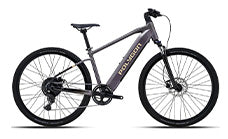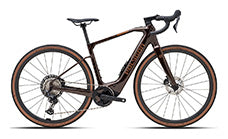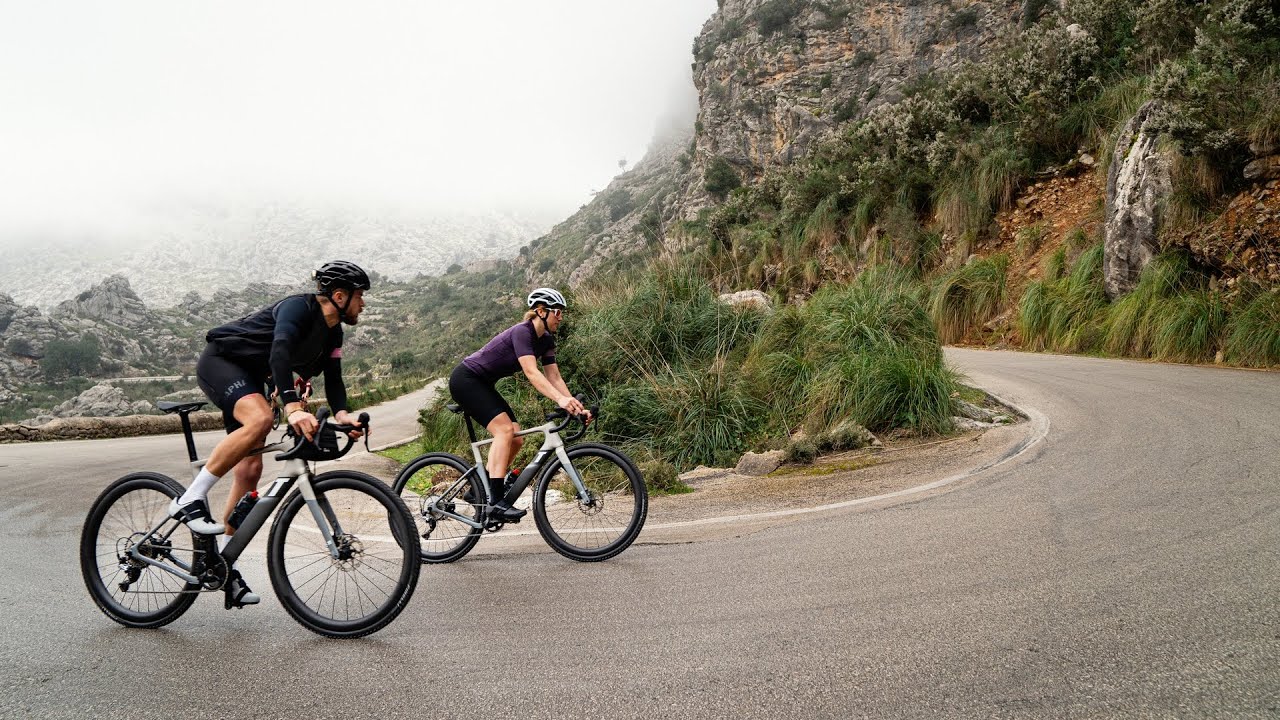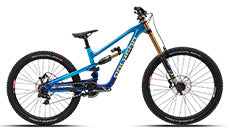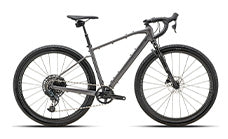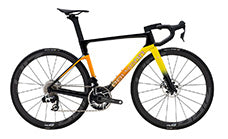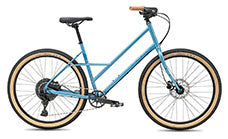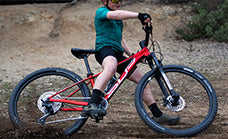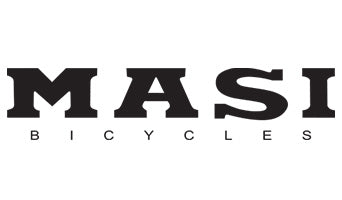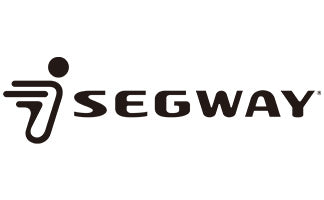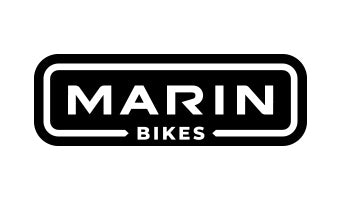Comparing Bosch Performance Line CX vs. Shimano : Which EMTB Motor Reigns Supreme?

In the ever-evolving world of e-bikes, especially mountain bikes (MTBs), two names have risen to prominence due to their cutting-edge technology and impressive performance: Bosch and Shimano. Both companies have established themselves as leaders in the cycling industry, with Bosch being a veteran in the e-bike motor segment and Shimano catching up rapidly with innovative solutions. The Bosch Performance Line CX and Shimano EP801 are two of their standout MTB motor systems. But how do they stack up against each other? This article will dive deep into their key features, power capabilities, battery life, and user interfaces to help you decide which one suits your riding style best. Buckle up for an exciting ride through the intricacies of these two superb e-bike motors!
The Evolution of E-Bike Motors
E-bike technology has come leaps and bounds since its inception. Early models were either too bulky or not powerful enough to meet the demanding needs of MTB enthusiasts. However, advancements in battery technology, motor efficiency, and electronic controls have revolutionized the market, making e-bikes a viable option for anyone looking to enhance their cycling experience. Bosch, with its long-standing expertise, has invested heavily in R&D to stay ahead of the curve, while Shimano, known for its high-quality traditional cycling components, has recently entered the e-bike arena and quickly made a name for itself.
The rapid evolution of e-bike motors has brought us to a point where the Bosch Performance Line CX and Shimano can be considered the pinnacle of MTB motor technology. Let's delve into the details to see what each of these systems brings to the table.
Power and Performance: Bosch Performance Line CX vs. Shimano
One of the most crucial factors when comparing MTB motors is their power and performance. The Bosch Performance Line CX is known for its robust power output, capable of delivering up to 600 watts. It also boasts an impressive 85 Newton meters (Nm) of torque, which is essential for tackling those steep inclines and challenging terrains that MTB riders crave.
On the other hand, the Shimano also offers commendable power with a similar output of 600 watts and 85 Nm of torque. However, Shimano focuses on providing a smooth and natural power delivery that enhances the rider's own pedaling efforts. While Bosch offers four power delivery modes—Eco, Tour, Sport, and Turbo—Shimano keeps things simpler with three modes: Eco, Trail, and Boost.
Both Systems Allow Customization
Both systems allow full customization through dedicated apps, enabling riders to tailor the motor's performance to their specific needs. Although the Bosch motor is noted for its superior strength, Shimano’s smooth and consistent power delivery can be a game-changer for those who prefer a natural ride feel.
Battery Life and Range
Battery life and range are another set of critical considerations for MTB riders, especially those who embark on long, adventurous rides. When it comes to battery options, Bosch takes the lead with a range from 500 watt-hours (Wh) to a whopping 750 Wh. This larger capacity makes Bosch motors suitable for extended rides with fewer charging stops, giving you the freedom to explore without constantly worrying about battery level.
Shimano, although trailing slightly in battery capacity, offers options that are no less impressive. The smallest Shimano battery is a 418 Wh unit, praised for its lightweight and agility. This can be an excellent choice for riders looking to shave off some weight while still enjoying a decent range. Both brands understand the importance of flexibility in range and have introduced a 250 Wh battery extender to complement their primary battery options, thus providing a practical solution for various riding needs.
User Interface and Customization Options
When it comes to user interfaces, both Bosch and Shimano provide several options to meet diverse rider preferences. Bosch’s range of displays caters to everyone, from tech enthusiasts who want advanced tracking capabilities to casual riders who prefer a minimalistic setup. Whether you need an advanced display for data tracking and navigation or a simple one to avoid distractions, Bosch has you covered.
Shimano, sticking to its philosophy of simplicity and functionality, offers a clean and straightforward user interface. Essential information is presented without clutter, making it perfect for those who prefer straightforward functionality over multiple features. Both brands also have robust app support for ride tracking and motor adjustments, emphasizing their commitment to integrating technology with the user experience.
Versatility vs. Minimalism
Overall, if you are a rider who loves versatility and advanced features, Bosch’s user interface options are likely more appealing. Conversely, Shimano’s minimalist approach might be more up your alley if you appreciate a straightforward, no-fuss user interface.
Wrap Up: Which Motor is Right for You?
The choice between Bosch Performance Line CX and Shimano ultimately depends on your riding style and priorities. Bosch excels in scenarios that demand maximum power, extended range, and a plethora of advanced features, making it the go-to choice for those seeking high performance in challenging conditions.
On the other hand, Shimano stands out for riders who value a natural, smooth ride and appreciate lightweight components. Its seamless integration with other Shimano systems further enhances its appeal, particularly for those who already favor Shimano’s cycling components.
In essence, both the Bosch Performance Line CX and Shimano are outstanding choices for any MTB enthusiast. The decision comes down to aligning the motor's strengths with your specific riding needs and preferences. Happy riding!


